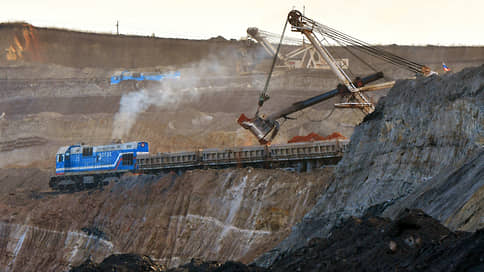The markets of metals and metallurgical raw materials closed the past week « in the red zone »

Industrial metals and metallurgical raw materials are cheaper with exacerbation of trade war and geopolitical uncertainty: in a week quotes fell by 1–7%. But, analysts believe, the inevitable deficit in the US market will maintain world prices, and trade flows will be rebuilt over time.
The markets for metals and metallurgical raw materials closed the past week “in the Red Zone” against the backdrop of the introduction of duties in the United States, analysts “BCS World Investment” in their review of the mining and metallurgical industry note. Australian coking coal fell into 1.1%in a week, up to $ 180 per ton, hot rolled rental – by 1%, up to $ 475 per ton (FOB China), cast iron – by 1.8%, up to $ 329 per ton (FOB Black Sea). The quotes of aluminum, copper and Palladium on the London metals exchange (LME) decreased by 2.3%, 1.6%and 1.8%, to $ 2.6 thousand per ton, $ 9.33 thousand per ton and $ 937 per troika, respectively. The most weekly fall was shown by iron ore prices – by 6.8%, up to $ 101 per ton (CFR China). On March 4, copper and palladium on LME fell into 0.45% and 0.84%, respectively.
The analyst of the BCS Investments Ahmed Aliyev says that the drop in iron ore prices occurred against the background of reports about a possible decrease in steel production in China by 50 million tons this year. In this case, iron ore imports can be reduced by 12%, and China accounts for about 75% of global sea imports, he explains. A decrease in Chinese -made steel can lead to a drop in the import of coking coal by 45%, BCS notes.
According to the managing partner of NEFT Research, Sergei Frolov, despite the positive data on production in China (PMI), the May Ruda contract on the Dalyan exchange decreased by 2.81%, and at the Singapore Exchange – by 2.53%. He explains the ongoing fall in futures primarily by increasing the trade tension between the United States and China, as well as an increase in the supply of raw materials from Australia and Brazil and the introduction of duties on Chinese steel in a number of countries.
“The production of steel in China remains high, which creates a paradoxical situation in the market and does not allow you to give unambiguous forecasts,” adds Mr. Frolov. According to the World Steel Association (WSA), the production of steel in the PRC in January decreased by 5.6% year by year, to 81.9 million tons, with a total decline in 69 countries of the world by 4.4%.
Industrial non -ferrous metals and the final products of steeling production are the main components for mechanical engineering and construction, and both of these industries around the world feel bad, the chief strategist of the Vector Capital Criminal Code, Maxim Khudalov. “The negative moods of both industry and consumers are associated with the tightening of the trade war,” he indicates. From March 12, 25 percent duties for the import of steel and aluminum products in the United States come into force, first of all, manufacturers of China, Canada and Mexico will suffer from restrictions, but the redistribution of trading flows will affect the whole world, Mr. Khudalov notes. This, according to him, will hit the disposable income of consumers and, accordingly, will lead to a decrease in demand, including from machine -builders.
However, negative price trends in the metals market are hardly long, experts say. “The dynamics of industrial metals markets reflects the expectations of participants in economic activity in the world. Shortly prices can still go down, but in the medium -term perspective, companies can begin to artificially reduce the offer, ”says Ahmed Aliyev. In addition, rising prices for metals in the American market against the backdrop of an inevitable shortage will push up prices and in the global market, adds Maxim Khudalov. Sergei Frolov indicates that, despite reports of the possible decrease in production in China, the activity of Chinese factories is still growing.




:format(webp)/s3/static.nrc.nl/wp-content/uploads/2025/04/28160059/web-2704SPO_Enrique_Duo1.jpg)


